How paint affects a room size? Tips and Tricks
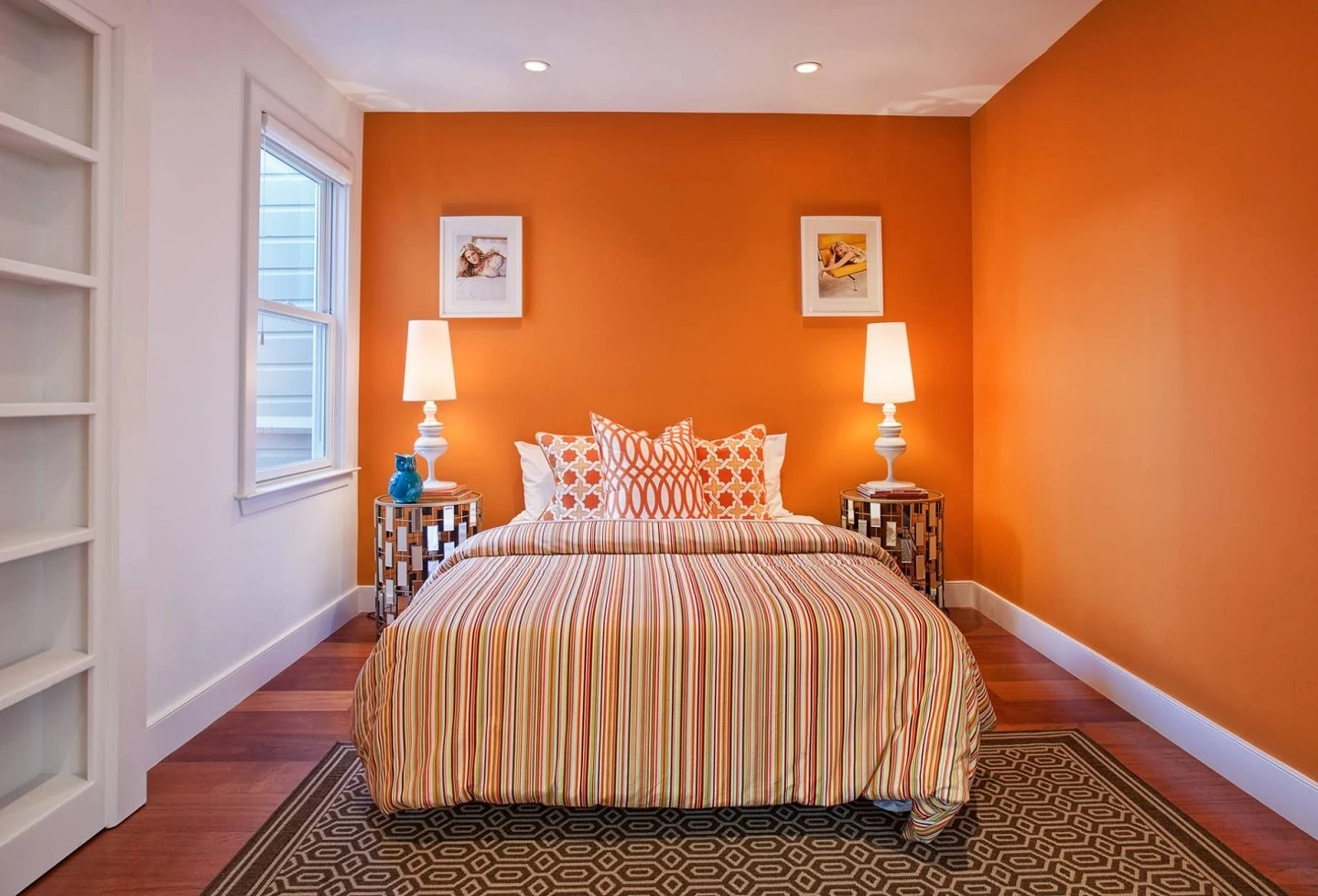
Paint can powerfully affect a room size and transform the aesthetic and perceived dimensions of a room. The colors, finishes, and applications used can influence how large, bright, and expansive your rooms feel. This guide covers the key paint effects on room size so you can strategically refresh your home’s spaces. The following video hints you how to combine home décor color trend in 2024 and make your home a brighter, larger, and smoother place to live in.
When dealing with a tiny space, paint can help create the illusion of more room. Here are handy paint tricks for small rooms:
- Use Light Paint Colors: Painting walls in light shades instead of dark ones keeps a room feeling bright and expansive. The increased reflectivity stretches the boundaries, so the room seems airier.
- Light blues, taupes, tans, and grays work especially well. Light gray home décor interior design’s combination with light blue hues makes your home design really special.
- Matte or eggshell finishes reflect more than glossy
- Ceilings look taller, painted white or very light shades
- Avoid Dark Paint That Absorbs Light: Deep, jewel-toned shades may suit larger spaces but will only make a small room feel more cramped. Dark colors draw in walls visually, overpowering instead of opening up.
- Cool-Toned Paints Expand Small Rooms: Shades like light blue, green, and gray inherently give off a deeper, more expansive ambiance thanks to their subtle cool undertones.
- Monochromatic Color Schemes for Small Rooms: Different shades of the same paint color keep a small room unified instead of choppy. Vary intensity rather than hue for cohesion.
- Apply Lighter Ceiling Paint: Painting over that builder beige with bright white instantly makes any low-ceilinged room look less oppressive. Use high gloss for amplified effects.
- Glossy and Semi-Gloss Paint Finishes: These reflective sheens interest the eye by bouncing light around instead of absorbing it. The shine and depth fake expanded dimensions.
“Gloss and semi-gloss finishes trick the eye through shine and depth variation, so a small space appears larger … I painted my tiny galley kitchen glossy white, and it made it feel so much more expansive and bright.” – Becky D.
Paint Effect on A Room Size
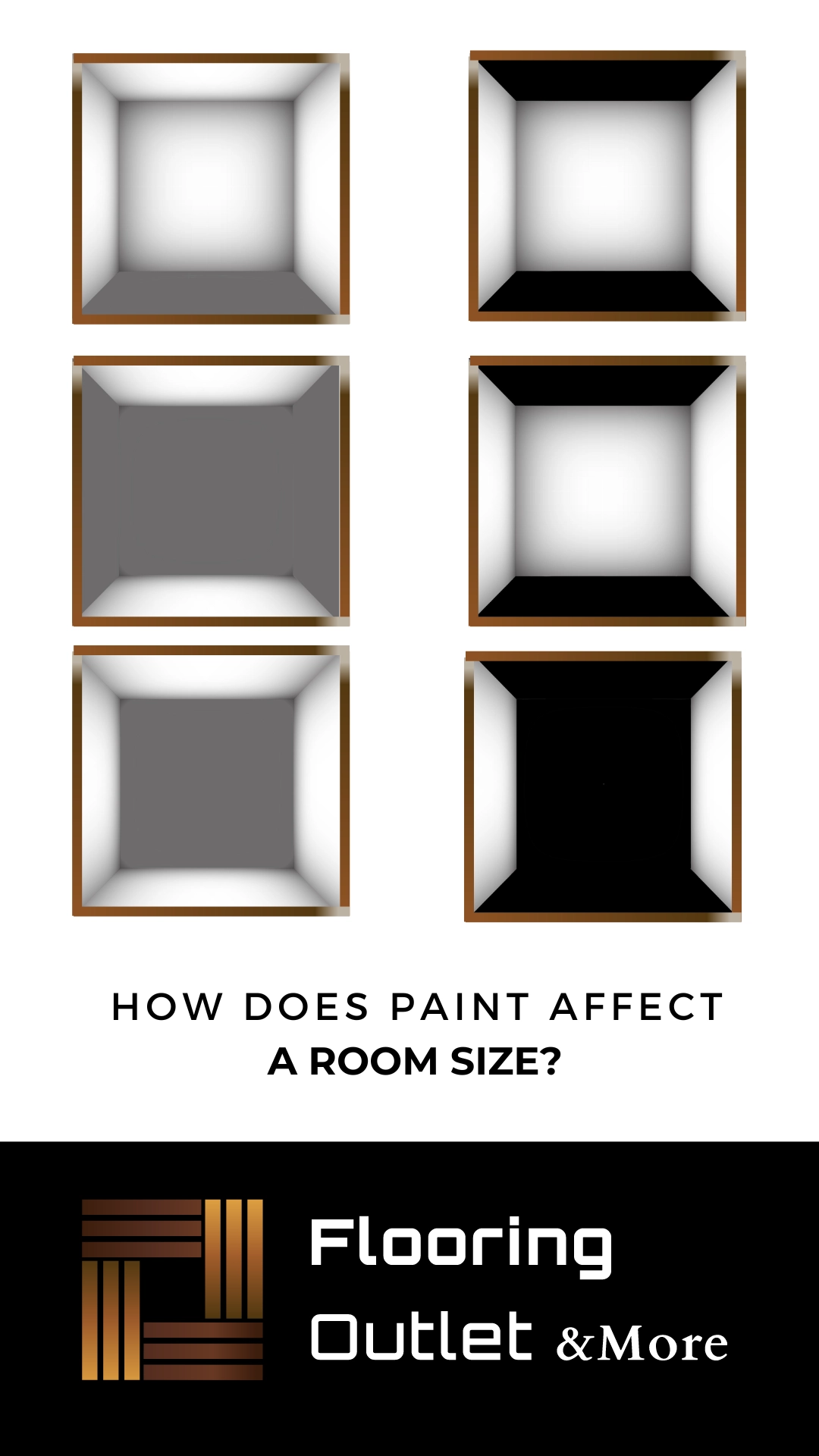
Choosing light or dark paint color greatly impacts on the perception of room size. Lighter paint colors will make a larger look of the room and create a more open and spacious space. Because lighter colors reflect more natural light and create a sense of brightness.
On the other hand, darker paint colors make a more intimate and cozy room, but they may also visually shrink the space. Additionally, the use of certain paint techniques, such as stripes or accent walls, can influence how the eye perceives dimensions. Selecting the right paint color and application method can be a powerful tool in visually manipulating the perceived size of a room.
Paint Colors That Make Rooms Look Bigger and Brighter.
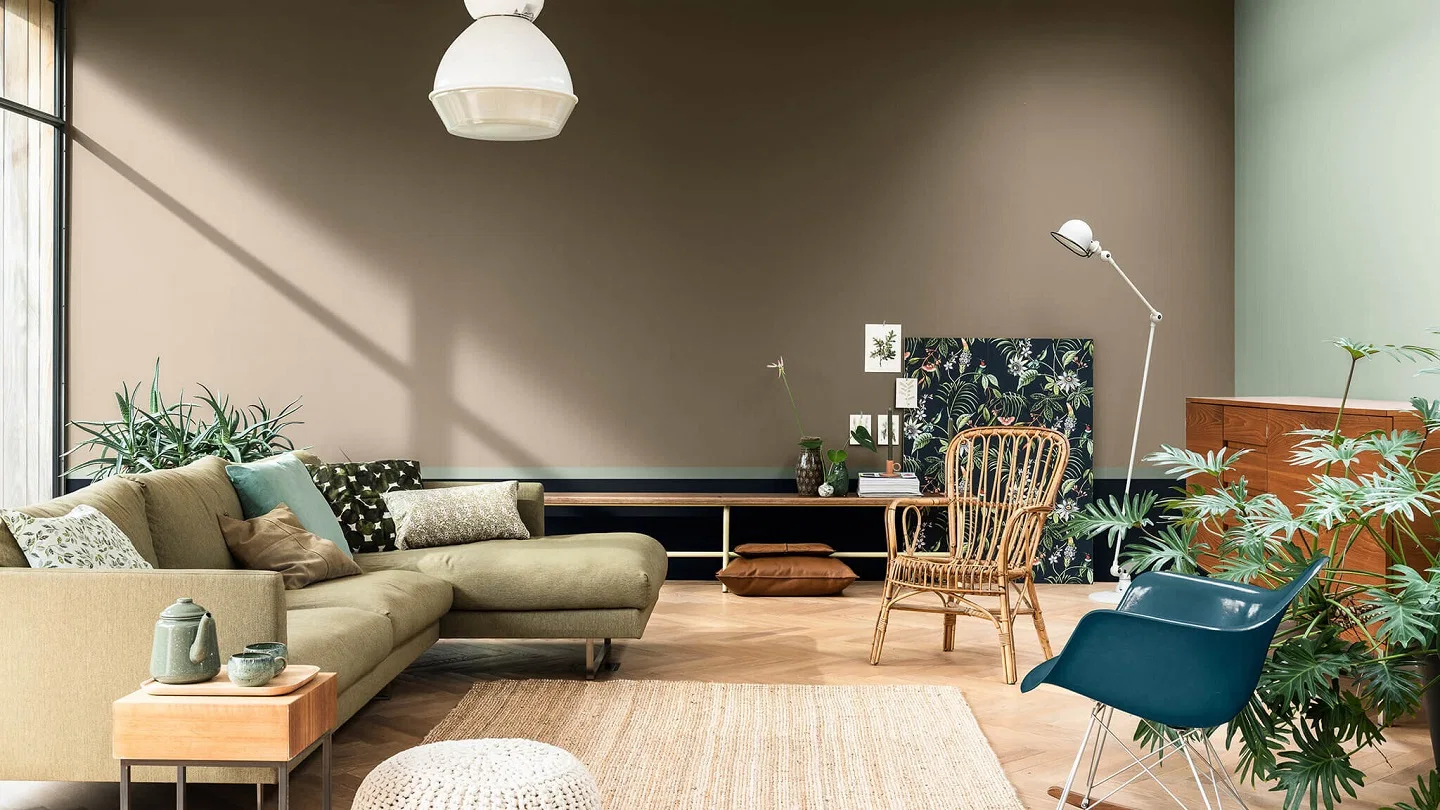
Certain shades inherently lend themselves to opening up smaller, darker rooms, flooding them with airy light.
- Soft Blue, Green, Gray Paint Colors: These cooler paint colors subtly recede thanks to their tranquil undertones, bouncing more light around the room.
- Off-White Paint Like Alabaster or Eggshell: Stark bright white can read as sterile and cold. Warmer off-whites expand gently by letting in diffuse brightness. You can benefit from the idea of forest green combinations with earthy tone colors, gold accent colors, white and blush pink in your interior design décor to make your room bigger and brighter.
- Pale Yellow and Tan Paint: These cozy, sandy neutrals add understated brightness without heavyweight contrast changes.
- Pastel Versions of Bright Paint Colors: Toning down intense shades to lighter pastels maintains their energy without overwhelming theming. The room stays softly illuminated.
How Paint Color Changes Room Size Perceptions?
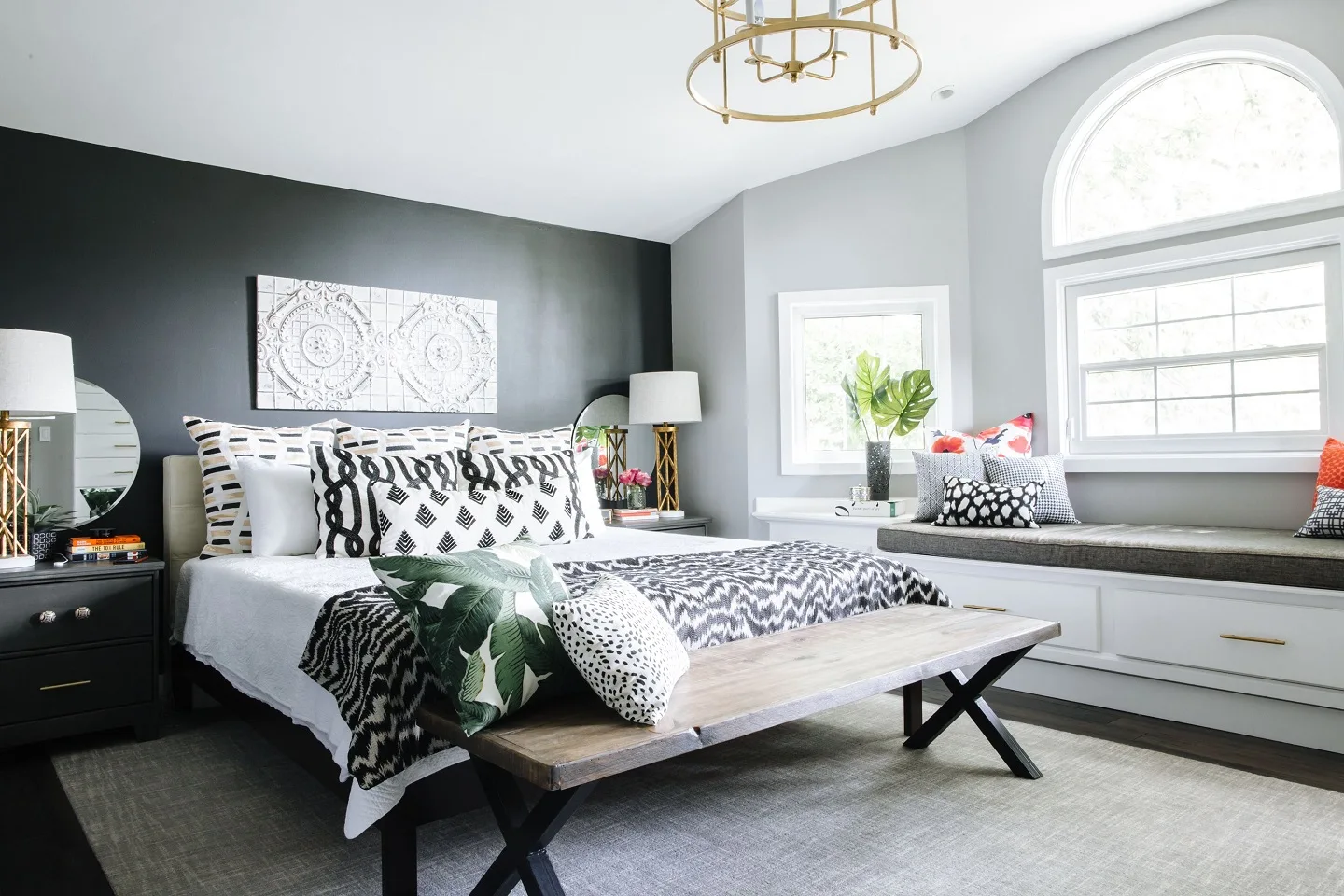
Paint impacts spatial relationships and depth perception based on undertones. Here’s how:
- Light Paint Stretches Small Space: The science of reflectivity enlarges boundaries in tight areas through bounce and diffusion. Light elongates.
- Dark Paint Contracts Small Space: Shadowy colors absorb illumination, closing in walls and ceilings for more cramped quarters.
- Cool-Toned Paint Feels More Expansive: Receded cooler blues, greens, and grays subtly enlarge rooms thanks to barely-there buoyant undertones.
- Warm Earth-Tone Paint Feels Cozier: Reddish clay or tawny shades welcome you in yet compress overall size, impressing a sheltering sensation.
- Glossy Paint Finishes Expand Small Rooms: The shine plays games with light, conveying widened proportions and height. Fakes dimensional fluctuations.
- Matte Paint Finishes Show True Wall Dimensions: With fewer spatial perception tricks, flat matte finishes present more accurate room sizes to the eye by not manipulating light reflections.
Paint Tricks to Make Narrow Rooms Look Wider.
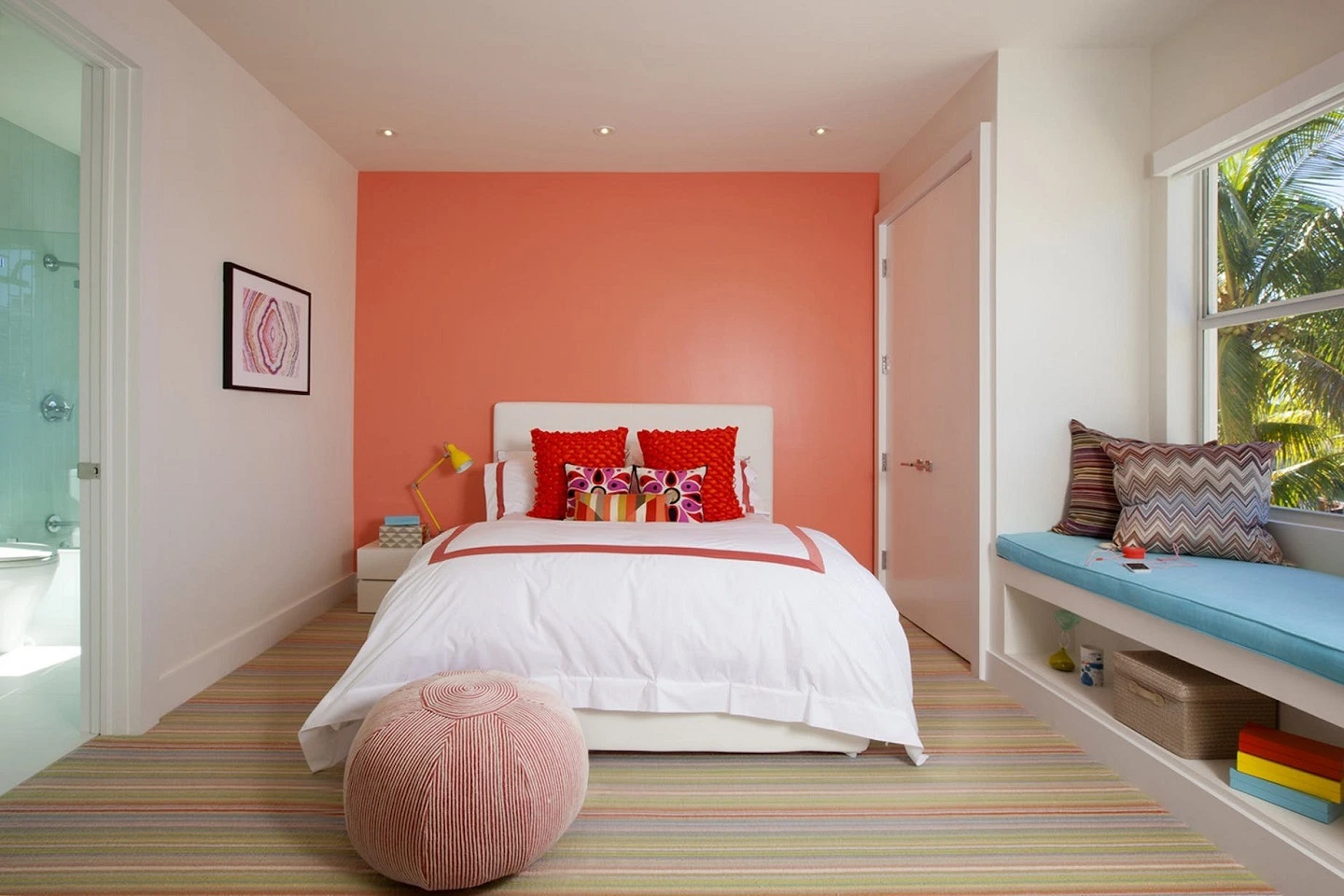
Long, thin rooms and hallways cramp quickly, but strategic paint placement can widen ratios.
- Light Paint Longest Walls Only: Painting the two extended walls in paler hues keeps the space airy without going over-the-top monochromatic.
- White Architectural Wall Details: Crisp moldings, trim accents, or shiplap planks positioned vertically prompt the eye upward, making walls appear farther apart.
- Vertical Striped Paint on Problem Walls: Extended vertical lines in two close colors simulate expanded room height, elongating the narrow space.
- Avoid Horizontal Stripe Paint: Contrasting horizontal bands, especially on short walls, only accentuate and chop up limited width space instead of streaming it outward.
- Paint Built-Ins the Wall Color: Enclosed cabinets and shelves recede better and prevent solid furniture “blocks” from interrupting wall length when matched to wall paint. Fakes widened continuity.
Paint Colors That Make Rooms Look Smaller.
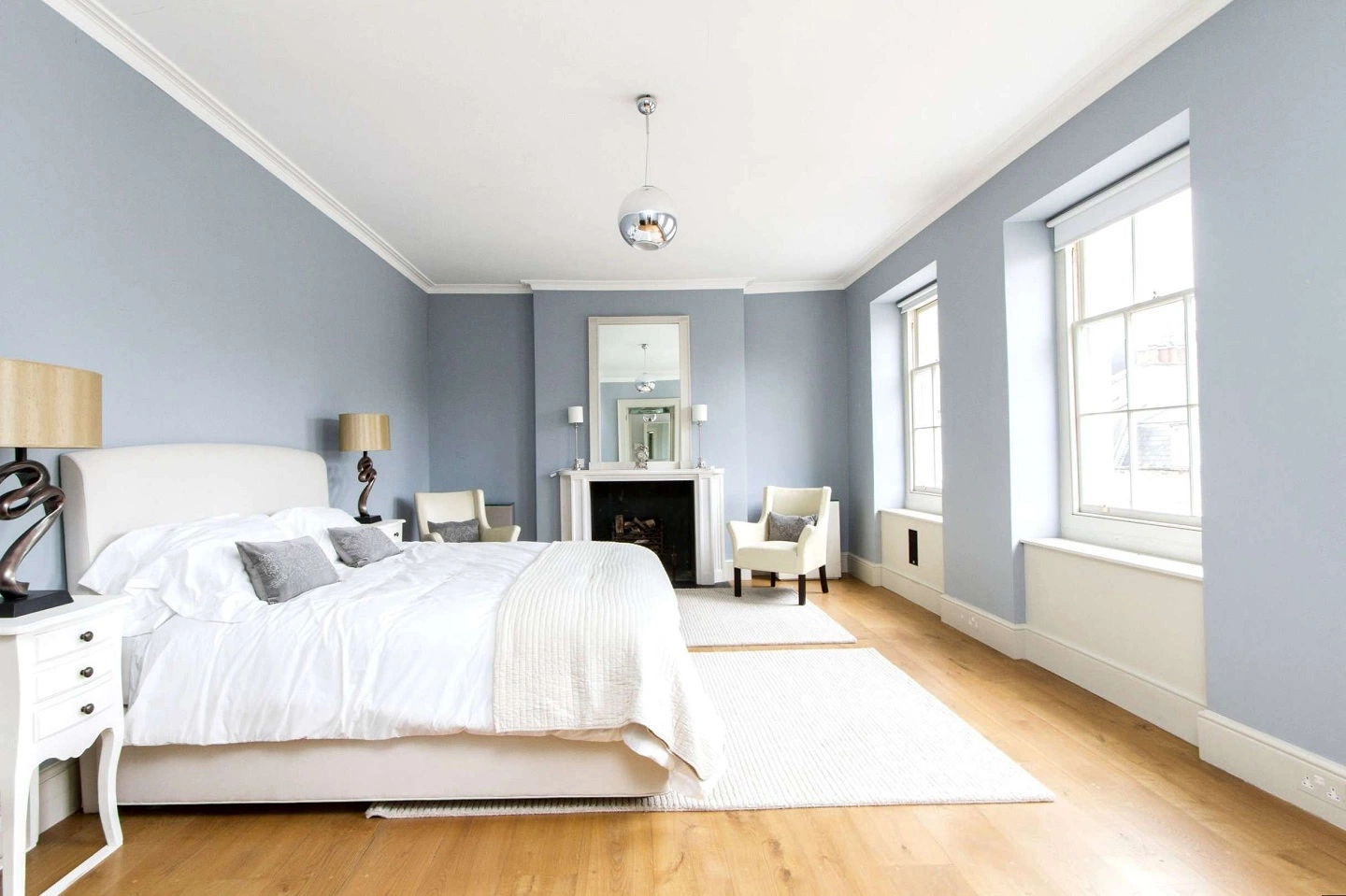
While light colors amplify, going bold and dark or monochromatic can shrink an expansive room’s apparent size.
- Dark or Bright Paint Colors Overpower: Intense, saturated jewel tones advance visually, making walls feel nearer, dropping ceilings lower, and swallowing up space in a dramatic envelope.
- Dark Cool-Toned Blues, Greens, Grays: While lighter versions stretch, deeper, moodier shades of these popular paint colors draw inward, enclosing you on all sides – cozy for some but cramped for others.
- Dark Warm Earth Tones: What feels sheltering and intimate in lighter doses morphs into confining and cave-like, with bolder oranges, browns, and yellows absorbing light.
- Glossy Paint Shows More Spatial Detail: The reflective shine accentuates every nook, corner, and feature – great for emphasizing architectural elements but can shrink the overall impression of room size.
- Matte Paint Finishes Show Less Fluctuations: With less light and dark contrasts from sheen, flat matte paint shows truer, more accurate wall dimensions that don’t fluctuate with movement.
- Painting All Walls the Same Color: When an entire space shares one uniform hue with little contrast, it’s harder for the eye to read shape, edges, and relative proportions correctly.
- Closed-In Color Schemes With Little Contrast: Similar to monochrome, choosing analogous schemes with minimal light/dark color variance flattens rooms by removing contrast and edges. Details blur together.
So now that you know how strategic paint effects on room size work, you can refresh your home with perceptually perfect palette picks. Use lighter colors and glossy finishes to stretch tight spaces and amplify brightness. Or go bold and darker if you want to bring that cavernous loft down to a cozier size. Get creative painting within dimension-defying color boundaries and watch your rooms transform.
Conclusion
The interior paint choices we make have a remarkable influence over how the eye and brain perceive the size and dimensions of our living spaces. Light, bright paint colors seem to expand room size thanks to reflective qualities that bounce ambient light around. These airy neutrals, pale tones, and soft pastels open up small, cramped quarters. Cool undertones also push background boundaries outward.
Conversely, deep, bold colors advance visually, flooding rooms with pigment intensity that shrinks proportions down to size. Strong color contrasts and reflective sheens manipulate our spatial reasoning as well, tricking the eye through directional stripes, monochromes, shine, and flattened depth perception.
Understanding these powerful yet subtle paint effects on room size grants homeowners, designers, and painters immense transformative control over interior spaces with just the swish of a brush. You can stretch, contract, flatten, or exaggerate room dimensions and ratios using the illusory science of color psychology and light reflection principles outlined here. Simply pick your preferred perceptual effect and paint your rooms to size with clever chromatic choices.



Did you find what you were looking for?